Realizing the current environmental conditions, it has become essential to monitor the affecting pollutants in the air. With the leading development in every sector, the concentration of pollution increases as per the resources optimized and later disposed of without any precautionary measures. The emitting emissions contribute to the rising level of pollution which directly or indirectly affects human as well as environmental health. Air is the necessary factor for living beings has got contaminated due to the harmful elements. The quality of the air we breathe can lead to health issues as it contains particulate matter 2.5 and 10 and other pollutants as well. The information provided below will help to gain an overall view of the pollutants in the air.
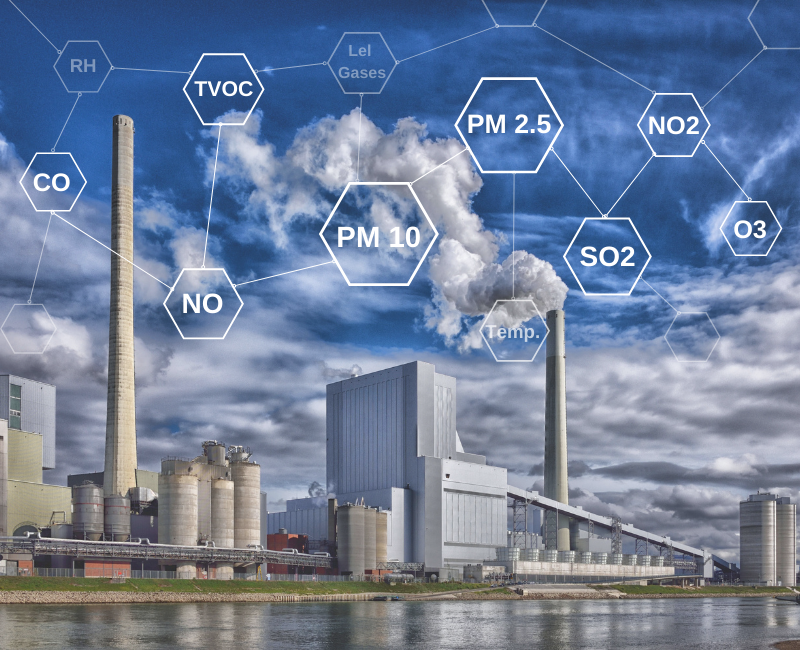
What causes Particulate matter (PM 2.5 and PM 10) pollution in the air?
Particulate matter evolves in the air due to the emissions from industries, factories, power stations, incinerators, automobiles, and diesel generators. Other responsible sources are unpaved roads, smokestacks, forest fires, combustion of wood and fossil fuels, construction and demolition activities, entrainment of road dust into the air, etc. The continuous occurrence of the stated activities causes an increase in the level of particulate matter in the air.
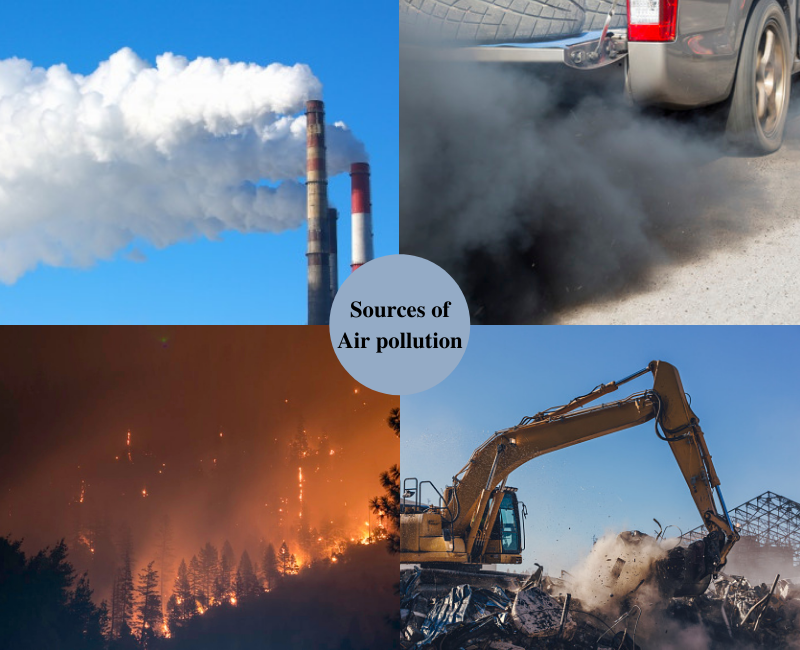
Importance of air quality monitoring – PM 2.5 and PM 10
The air comprises dust and dirt particles. Some of them are visible to the eyes whereas some particles such as PM 2.5 and PM 10 are only visible under microscopic instruments. These tiny particles are of micrometers unit that enters into the lungs which can cause cardiovascular and pulmonary diseases. Hence, places with higher emissions or dust sites are required to measure the concentration of PM 2.5 and PM 10. Measuring it will help to track its amount in the air and distribution pattern. This analysis is essential to develop the techniques and preventive measures to control air quality and the concentration of particulate matter in the air.
Guidelines issued by World Health Organization (WHO)
Recently updated guidelines of the World Health Organization (WHO) provide recommendations on air quality guideline levels focusing on the six key pollutants such as PM 2.5, PM 10, O3, NO2, SO2, and CO. According to the new guidelines, the annual concentration of PM 2.5 should not be more than 5 micrograms per cubic meter. Similarly, 10 micrograms per cubic meter are the recommended annual level for PM 10 which should not exceed the limit.
CPCB’s National Air Quality Monitoring Programme
Central Pollution Control Board is executing National Air Quality Monitoring Programme (NAMP) that consists of 804 operating stations at different places. The objective is to determine status and trends of ambient air quality; to ascertain whether the prescribed ambient air quality standards are violated; to identify Non-attainment Cities; to obtain the knowledge and understanding necessary for developing preventive and corrective measures and to understand the natural cleansing process undergoing in the environment through pollution dilution, dispersion, wind based movement, dry deposition, precipitation, and chemical transformation of pollutants generated.
Research by Centre for Science and Environment on Air pollutants
According to the recent analysis of CSE, New Delhi, the dust and emission from the vehicles contribute the most for Delhi’s particulate pollution. The analysis was done for the period October 24 – November 8 in which, various pollution sources were included such as transport, industry, construction, waste burning, energy, residential sources, road dust, and etc.
The analysis categorized contribution of each polluting sources where vehicles contribute half and more. Followed by household pollution that has ranged between 12.5 – 13.5 percent, Industry 9.9 – 13.7 percent, construction 6.7 – 7.9 percent, waste burning and road dust (each varied between 4.6 – 4.9 percent and 3.6 – 4.1 percent, respectively). This indicative trend is based on the trends visible every alternate hour during 24 hours of the study period as per CSE.
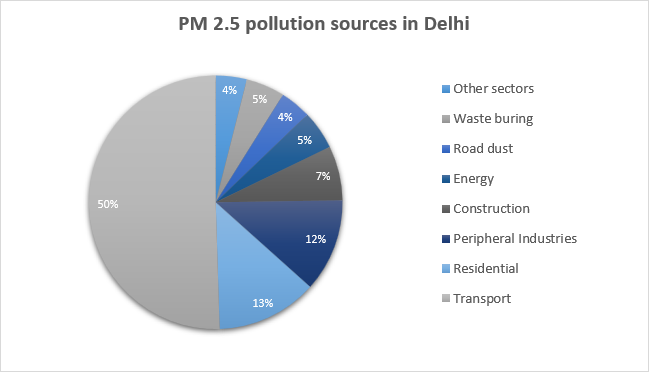
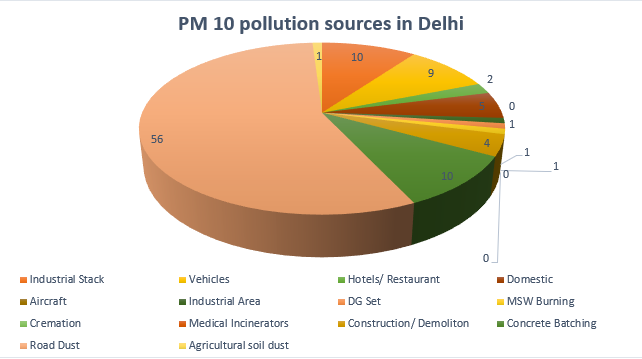
How to measure the particulate matter in the air?
IoT has helped to develop instruments to monitor critical aspects. Various methods and instruments are used to monitor the particulate matter as well as air quality.
Considering PTESPL’s Ambient air monitoring system of OPRUSS AQI series, it potentially monitors the various elements present in the air such as PM 2.5, PM 10, SO2, NO, NO2, CO, O3, TVOC, hazardous and Lel gases as well as metrological parameters like wind speed, wind direction, temperature and relative humidity (RH). Air quality index can be determined with this air monitoring device having real-time data access on software.
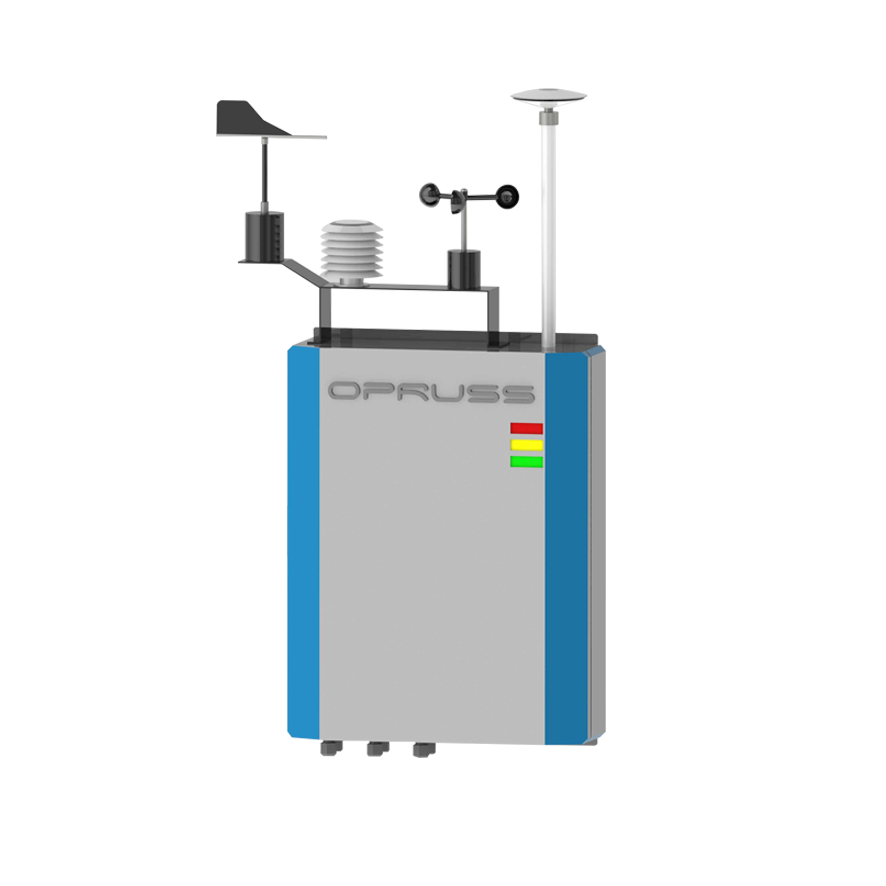
The ambient air monitoring system has various applications as below: